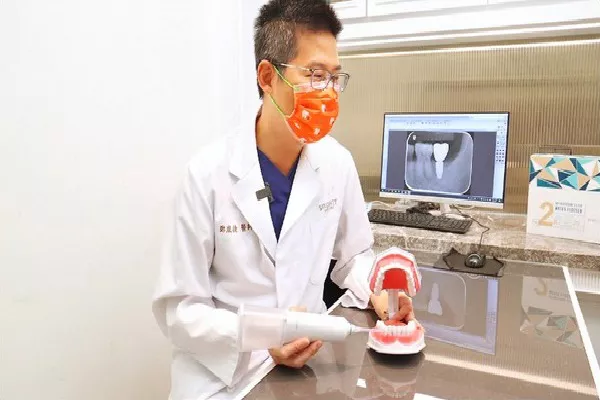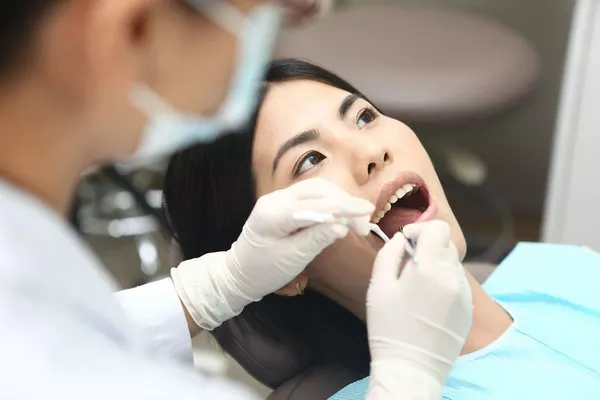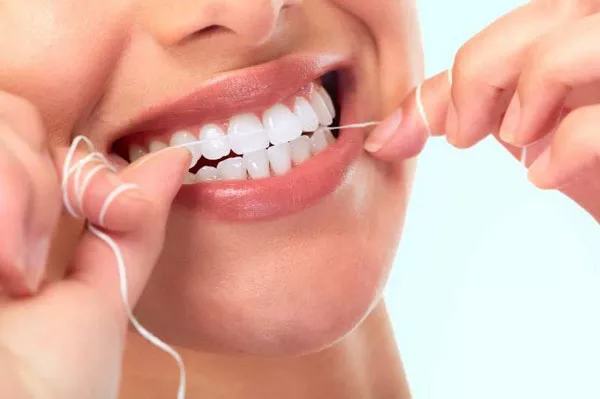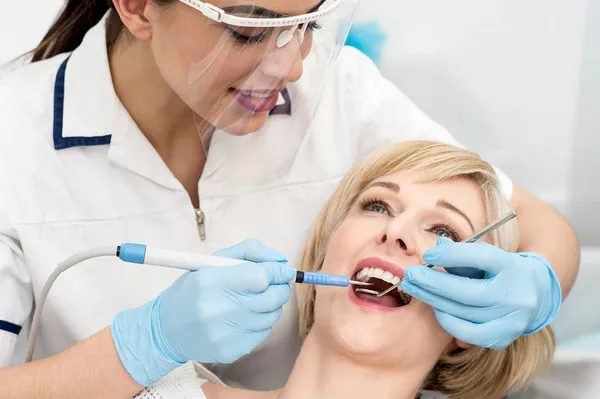Plaque is a sticky, colorless film of bacteria that constantly forms on our teeth. If not properly removed, plaque can lead to various oral health issues, including cavities, gum disease, and bad breath. Maintaining good oral hygiene and following proper dental care practices are essential for getting rid of plaque and ensuring a healthy and radiant smile. In this article, we will explore effective techniques for removing plaque from your teeth and preventing its reformation.
Understanding Plaque and Its Impact on Oral Health:
What is Plaque?
Plaque is a biofilm that forms on the surfaces of teeth and along the gumline. It consists of bacteria, food particles, and saliva, creating a breeding ground for harmful microbes.
Plaque Formation:
When we consume foods and beverages, especially those high in sugar and starch, bacteria in our mouths convert them into acids that attack the tooth enamel. The combination of acids, bacteria, and debris forms plaque.
Consequences of Plaque Buildup:
If plaque is not effectively removed through regular oral care, it hardens into tartar (calculus) within a few days. Tartar cannot be removed through brushing alone and requires professional dental cleaning. Plaque and tartar can lead to tooth decay, gum inflammation (gingivitis), and eventually gum disease (periodontitis).
Effective Techniques to Remove Plaque:
Brushing:
Brush your teeth thoroughly at least twice a day for two minutes each time. Use a soft-bristled toothbrush and fluoride toothpaste. Make sure to brush all surfaces of your teeth, including the front, back, and chewing surfaces.
Flossing:
Floss between your teeth and along the gumline daily to remove plaque in areas that a toothbrush cannot reach. Proper flossing helps prevent cavities and gum disease.
Use an Electric Toothbrush:
Consider using an electric toothbrush, as studies have shown that they can be more effective in removing plaque than manual toothbrushes.
Mouthwash:
Rinse with an antimicrobial mouthwash after brushing and flossing to reduce bacteria and plaque levels in the mouth.
Tongue Cleaning:
Use a tongue scraper or brush to clean your tongue daily. Bacteria can accumulate on the tongue’s surface, contributing to plaque formation and bad breath.
Interdental Brushes:
If you have gaps between your teeth, consider using interdental brushes to clean these spaces effectively.
Dental Picks and Water Flossers:
Dental picks and water flossers can also be useful in removing plaque and food particles between teeth.
Preventing Plaque Reformation:
Limit Sugary and Starchy Foods:
Reduce the intake of sugary and starchy foods, as they contribute to acid production and plaque formation.
Balanced Diet:
Maintain a balanced diet rich in fruits, vegetables, and dairy products to provide essential nutrients for strong teeth and gums.
Regular Dental Check-ups:
Visit your dentist every six months for professional cleanings and comprehensive oral exams to identify and address any plaque buildup or dental issues.
Fluoride Treatment:
Ask your dentist about fluoride treatments, as fluoride helps strengthen tooth enamel and makes it more resistant to acid attacks.
Conclusion:
Getting rid of plaque on your teeth is vital for maintaining excellent oral health and preventing dental problems. By following effective techniques such as regular brushing, flossing, and using mouthwash, you can remove plaque and maintain a healthy and radiant smile. Additionally, adopting a balanced diet and limiting sugary and starchy foods will help prevent plaque reformation. Remember to schedule regular dental check-ups and cleanings to address any plaque buildup and ensure optimal oral health. By making oral care a priority and adopting good dental habits, you can confidently enjoy a beautiful and healthy smile for years to come.
Related Topics:




























